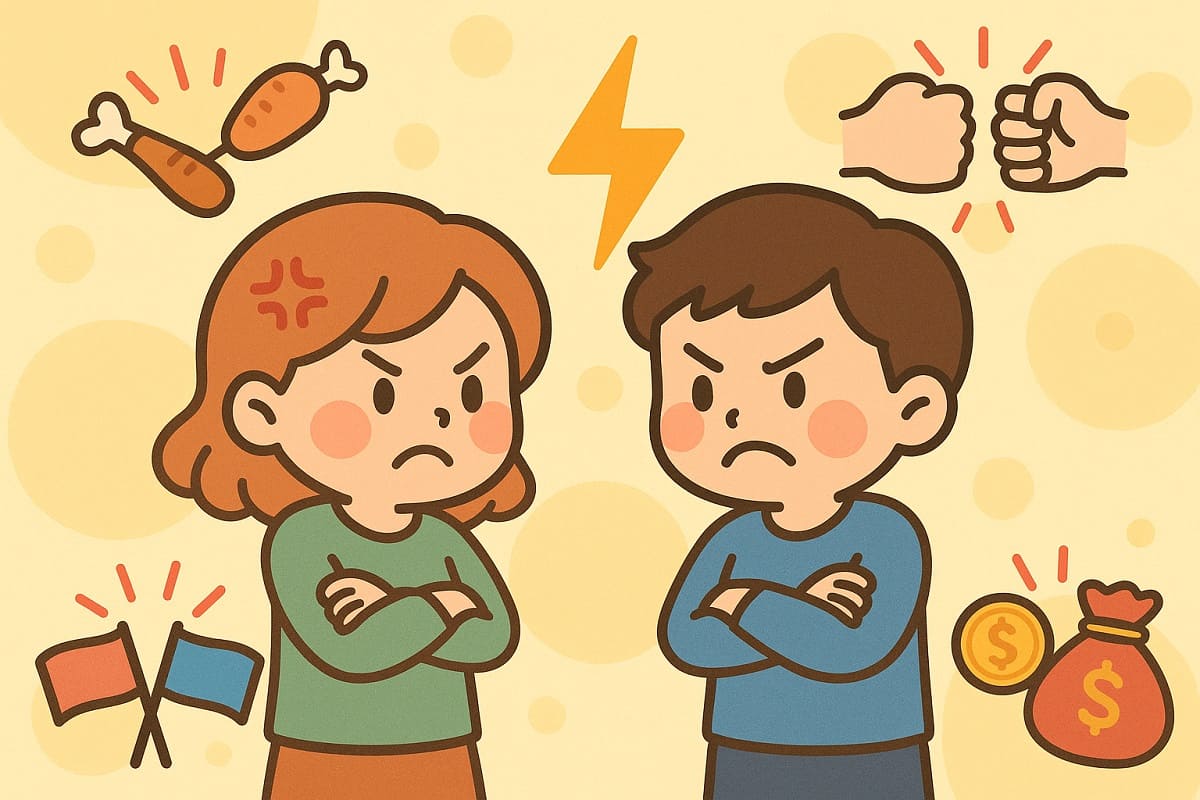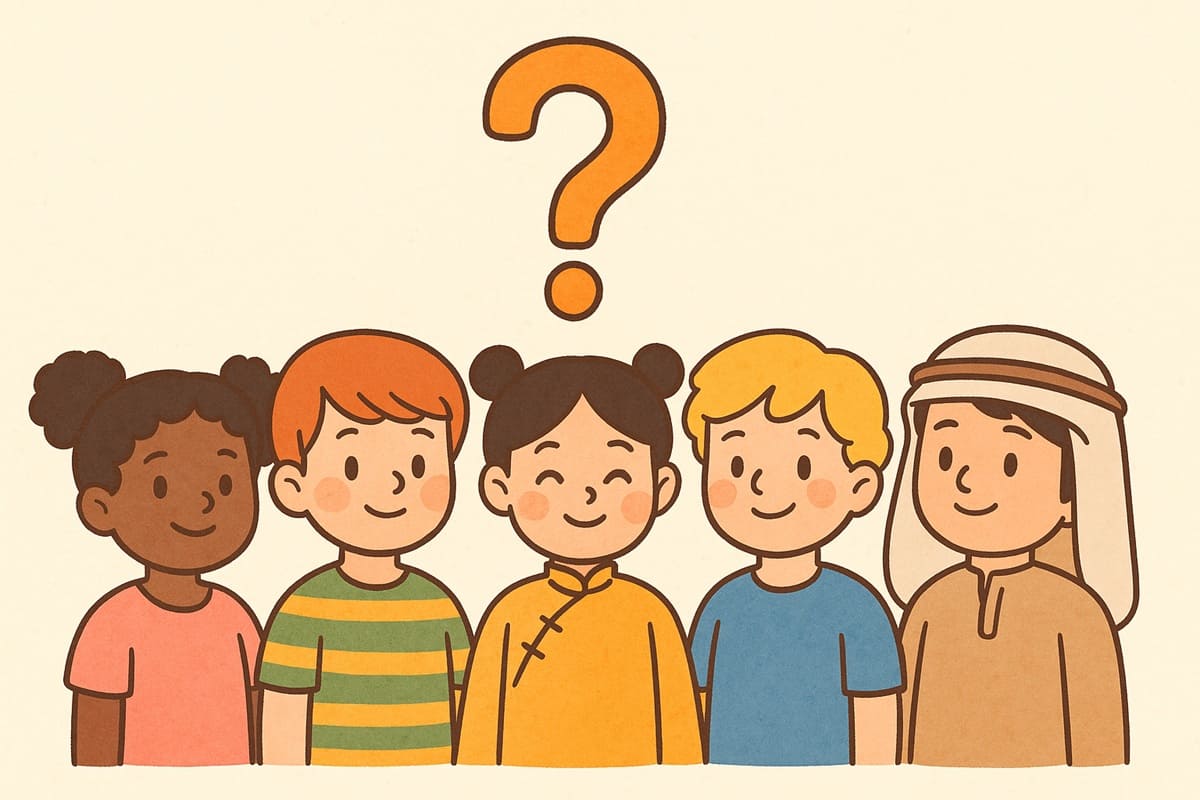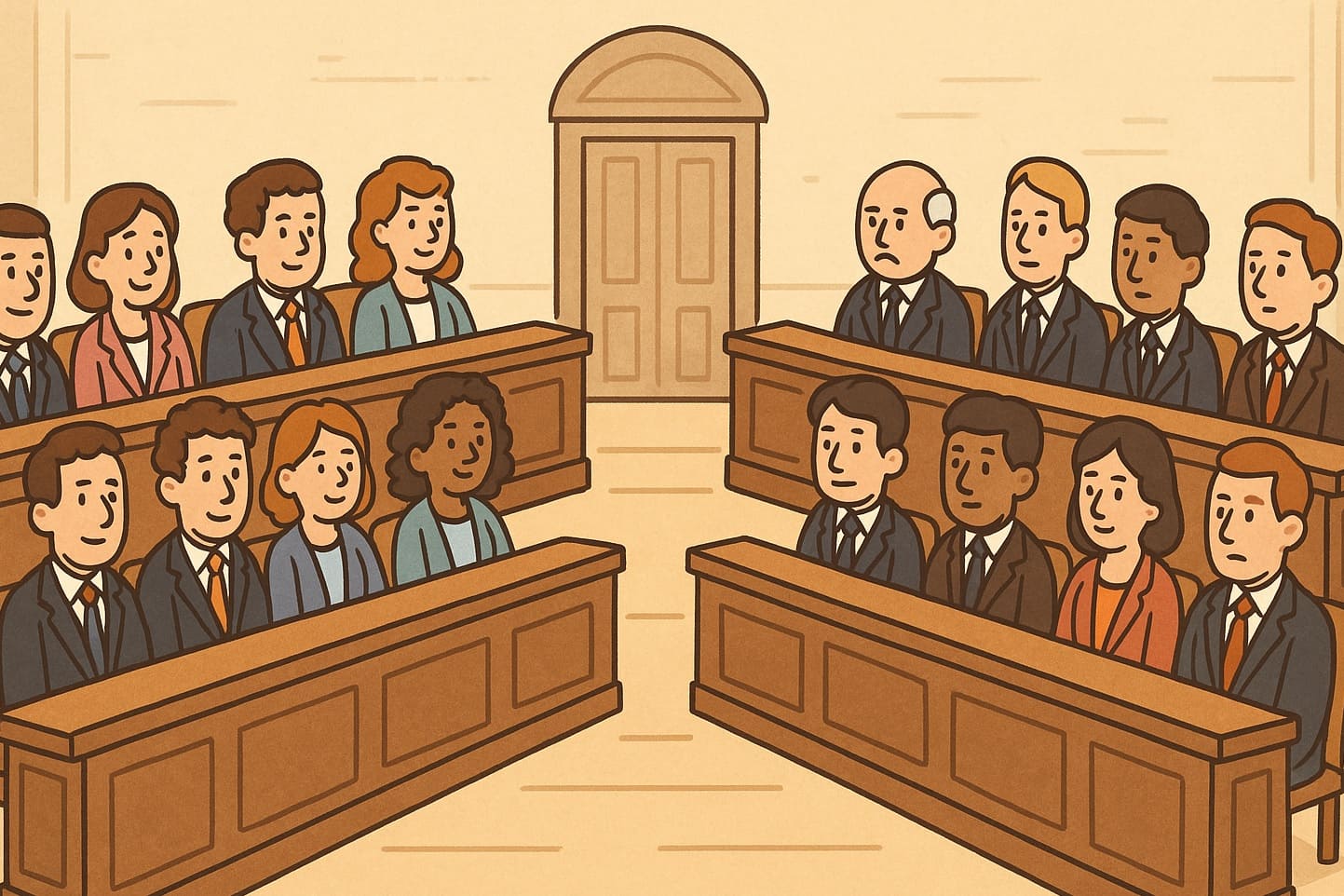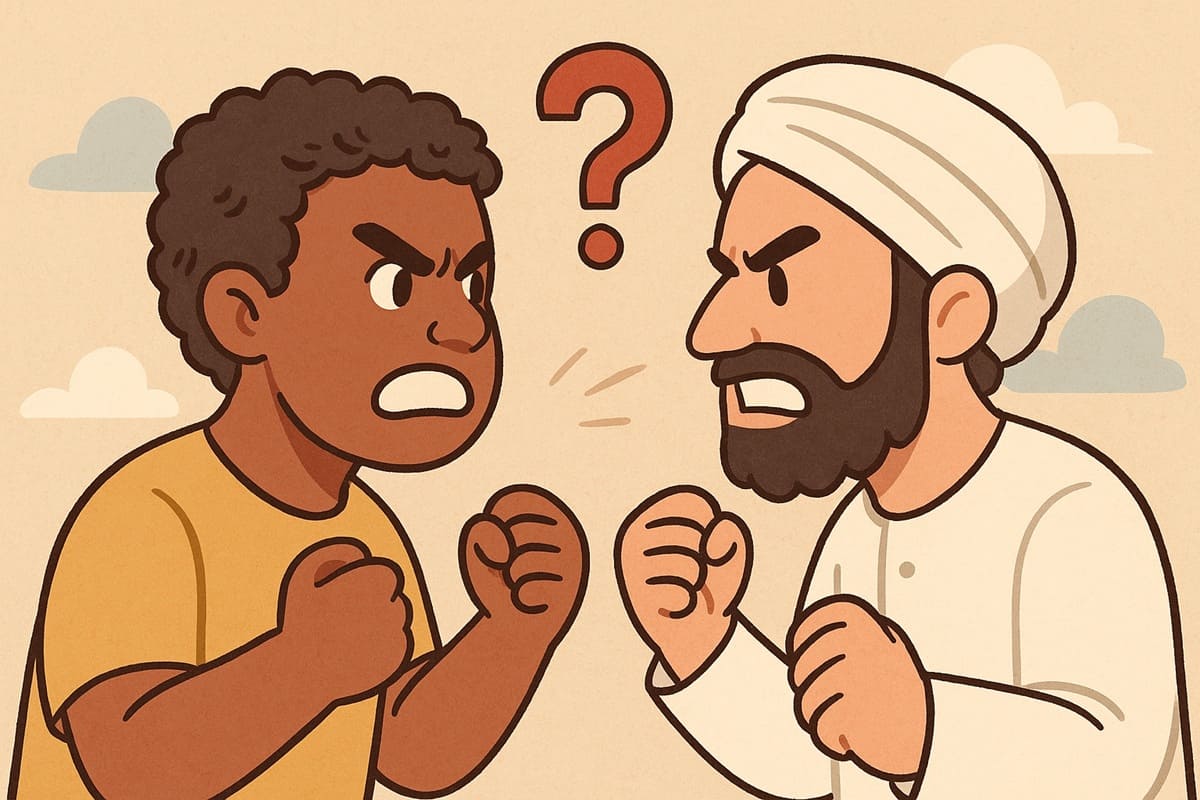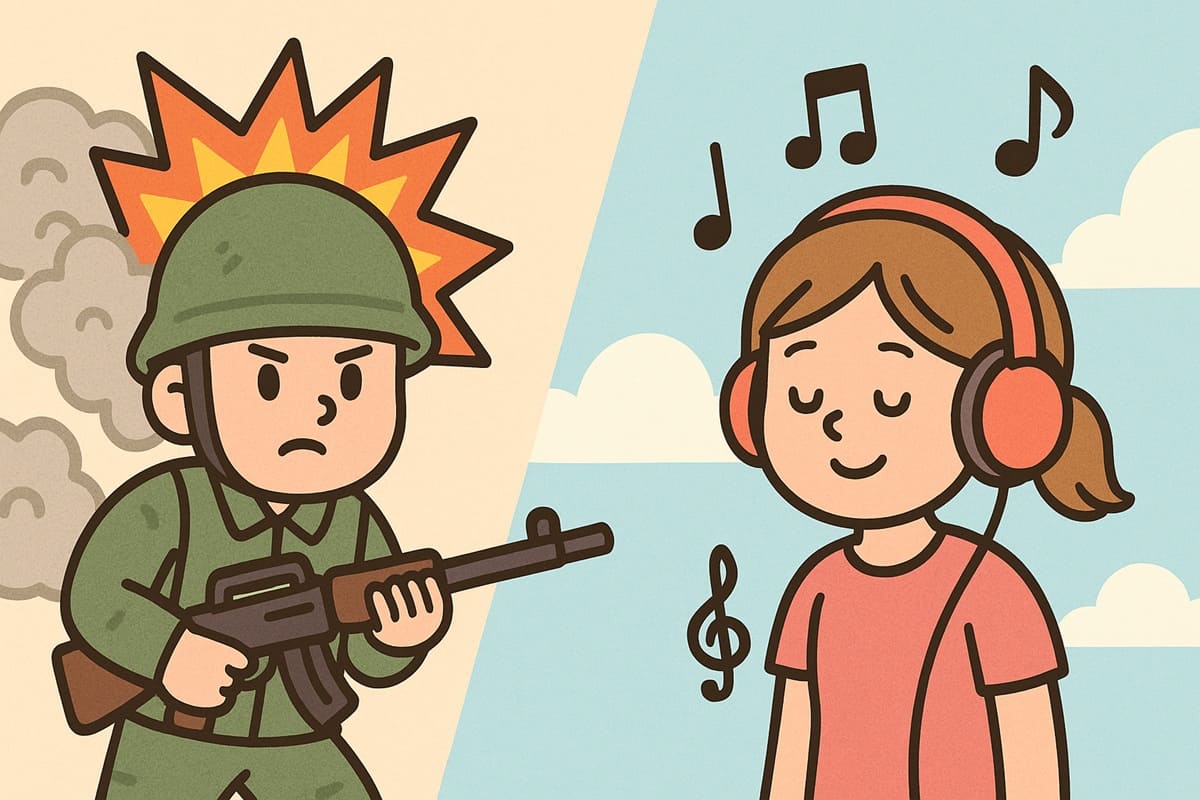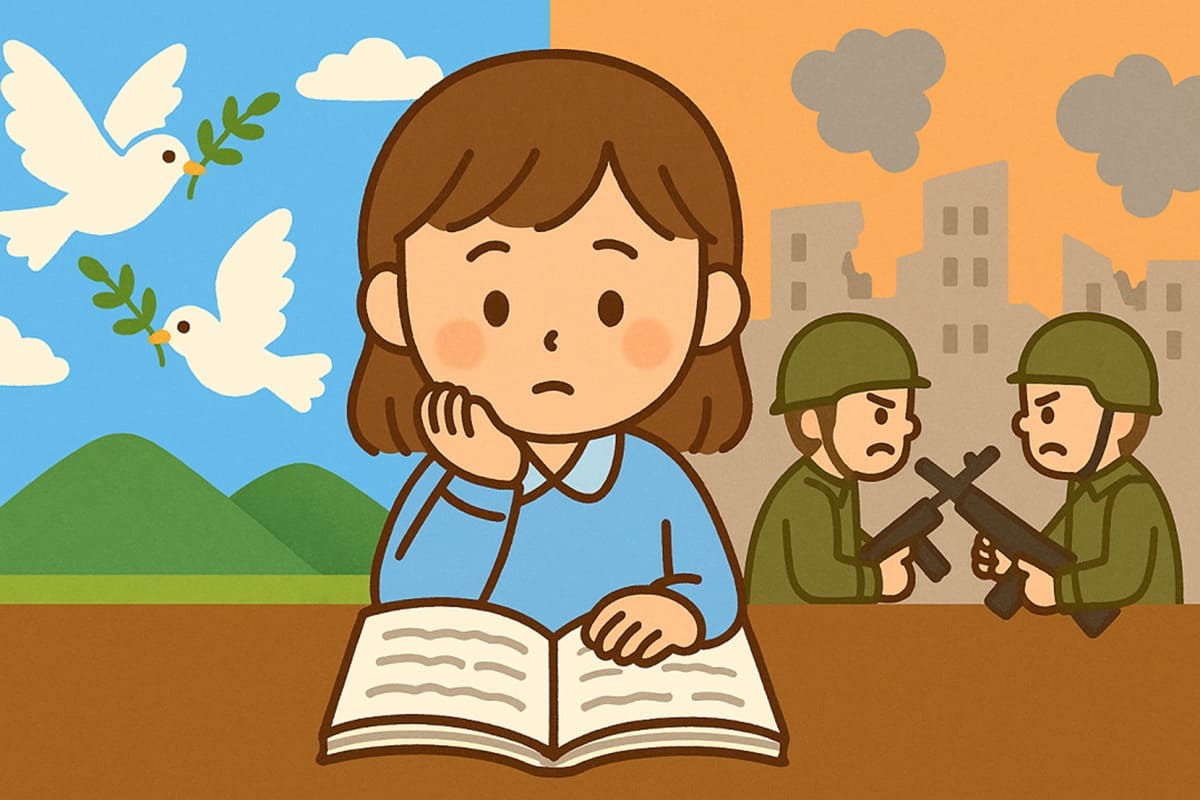Why Does Bullying Happen? Understanding the Causes and Solutions for Bullying in Schools
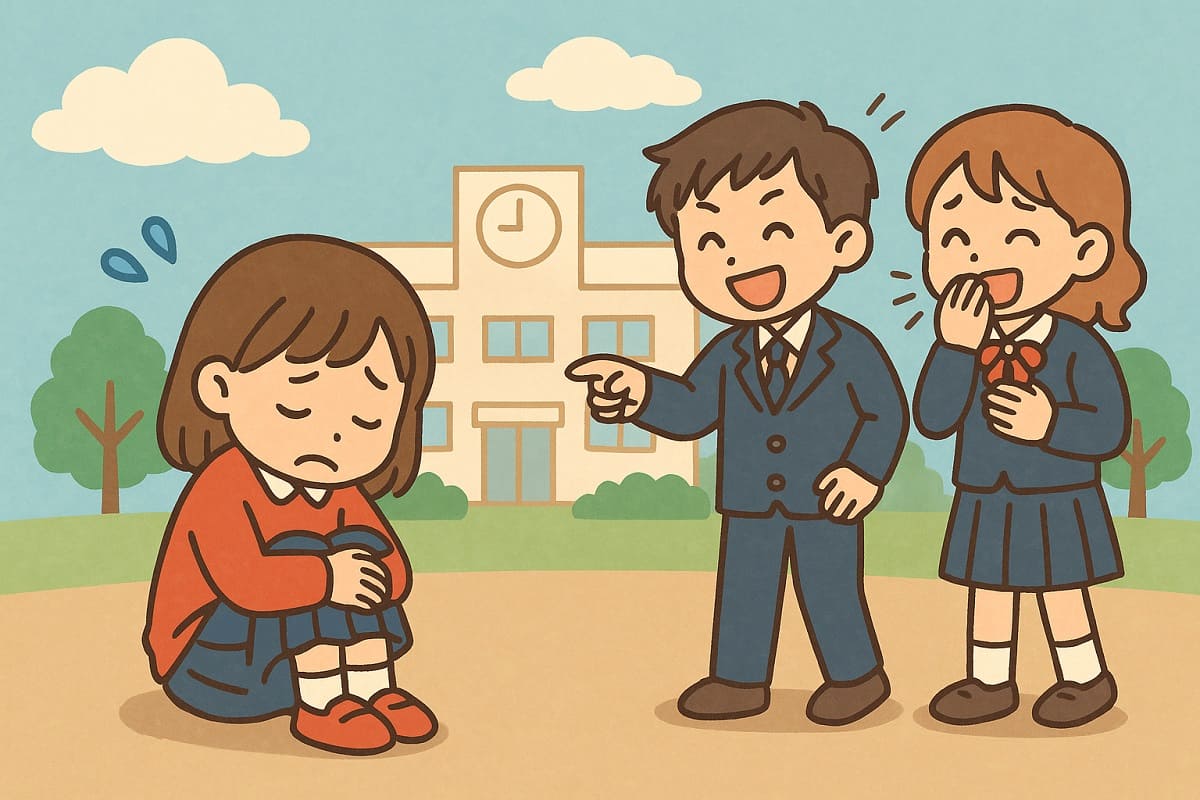
“Bullying” is a familiar issue for everyone. You often see topics about bullying in the news or on social media, don’t you? Even if you have never been bullied, you might have seen a friend or someone in your class going through a hard time.
Bullying deeply hurts people emotionally, and sometimes it can even become a serious issue that threatens lives. But why does bullying happen in the first place? And how can we reduce it?
In this article, based on research from Japan’s Ministry of Education and universities, we’ll explain in simple terms the causes of bullying and the measures we can take to stop it.
Is Bullying Increasing?
According to the Ministry of Education, over 730,000 cases of bullying were confirmed in elementary, junior high, and high schools across Japan in 2023. This is the highest number ever recorded, and the number continues to grow each year. Moreover, there were over 1,300 serious cases where bullying caused significant physical or mental harm—an extremely alarming situation.
You might wonder, “Why is the number so high?” In fact, one reason is that teachers have become more proactive in identifying bullying, and schools regularly conduct student surveys. This means that cases that were once hidden are now being brought to light.
Still, this doesn’t mean bullying itself is disappearing. In recent years, problems related to smartphones and social media have also been on the rise.
Cause 1: The Spread of Social Media and Cyberbullying
With the widespread use of smartphones, SNS platforms like LINE, Instagram, and X have become essential tools for communication among junior and senior high school students. But these convenient tools can also become places for bullying.
For example, being excluded from a LINE group chat, having insults posted about you, or, in extreme cases, having your photos or personal information leaked online. This type of cyberbullying can occur outside school, which makes it terrifying because the bullying can continue anytime, anywhere.
What’s more, the anonymous nature of SNS makes it hard to identify the perpetrators, and it’s difficult for teachers or parents to notice. The emotional damage caused by online bullying can be immense, and in the worst cases, it can lead to suicide.
Cause 2: Family Environment and Parent-Child Relationships
Surprisingly, how children spend time at home and their relationship with their parents can also influence bullying.
Research shows that children who don’t communicate much with their parents or experience violence at home are more likely to become both victims and perpetrators of bullying. For instance, children who feel unloved may lack self-confidence, struggle to connect with friends, or even lash out and bully others to relieve stress.
Additionally, financial hardship at home can lead to bullying. If a child’s belongings or clothes differ from those of their peers because of poverty, it can result in teasing or exclusion. It’s truly sad that financial issues—something children can’t control—can lead to bullying.
Cause 3: School Atmosphere and Teachers’ Response
Bullying doesn’t happen just because “one child is bad.” In fact, the atmosphere in the school or classroom has a huge impact.
For example, if there’s a culture of making fun of kids who are “different” or an atmosphere of dragging down those who stand out, bullying becomes more likely. In Japan, schools often value conformity, so even small differences can make a child feel “out of place,” leading to bullying.
If teachers fail to notice bullying or respond too slowly, the situation can quickly escalate. Instead of leaving everything to the homeroom teacher, schools need a team-based approach to address the problem.
Solution 1: Create a Class Culture That Says “Bullying Is Unacceptable”
To eliminate bullying, the first step is to change the classroom atmosphere. Rather than teachers just scolding students, the goal is to create an environment where students themselves think, “Bullying is uncool. Let’s stop.”
In fact, in some overseas schools, having class discussions and training bystanders (those who witness bullying) to intervene has significantly reduced bullying.
Solution 2: Don’t Overlook Small Signs
It’s crucial to spot early warning signs before bullying becomes a big problem.
For example, if you notice a classmate seems down lately, try talking to them casually or suggest visiting the counseling room together. If you’re the one being bullied, remember that talking to someone is very important. If you feel you have no trusted adult to turn to, use SNS counseling services or the 24-hour Child SOS hotline.
Solution 3: Support from Families, Communities, and Society
Bullying isn’t a problem schools can solve alone. Families, communities, and society as a whole need to change their mindset.
Parents should show interest in their children and listen to them. Community members can watch over children during school commutes and offer help when needed. These small actions can make a big difference in protecting kids.
The government and local authorities are also working to establish systems and laws to combat bullying. Recently, a new agency called the Children and Families Agency was created, recognizing that bullying prevention is a challenge for society as a whole.
Conclusion
Bullying is not someone else’s problem. It involves the bully, the victim, and even the bystanders.
What matters most is that everyone shares the mindset: “Bullying is never okay” and “Don’t look the other way.” The things each of us can do may seem small, but when combined, they become a powerful force.
We hope this article helps you think more deeply about bullying.
Main References
- Nakamura, Y., & Hino, Y. (2024). A basic study on developing effective practice models to prevent bullying from escalating into serious incidents. Tokyo University of Science Journal of Teacher Education, 9, 13–22.
- Nishida, A. (2010). A study on family-related factors influencing bullying in adolescence. Human Developmental Research, 24, 147–154.
- Kajiwara, T. (2023). An empirical analysis on the relationship between lack of children’s possessions and bullying victimization. Social Policy, 16(1), 252–263.
- OECD. (2015). How’s Life? – Measuring Well-being. OECD Publishing.
- Ministry of Education, Culture, Sports, Science and Technology. (2024). Survey on student guidance issues such as problematic behavior and truancy, FY2023 (preliminary report).
